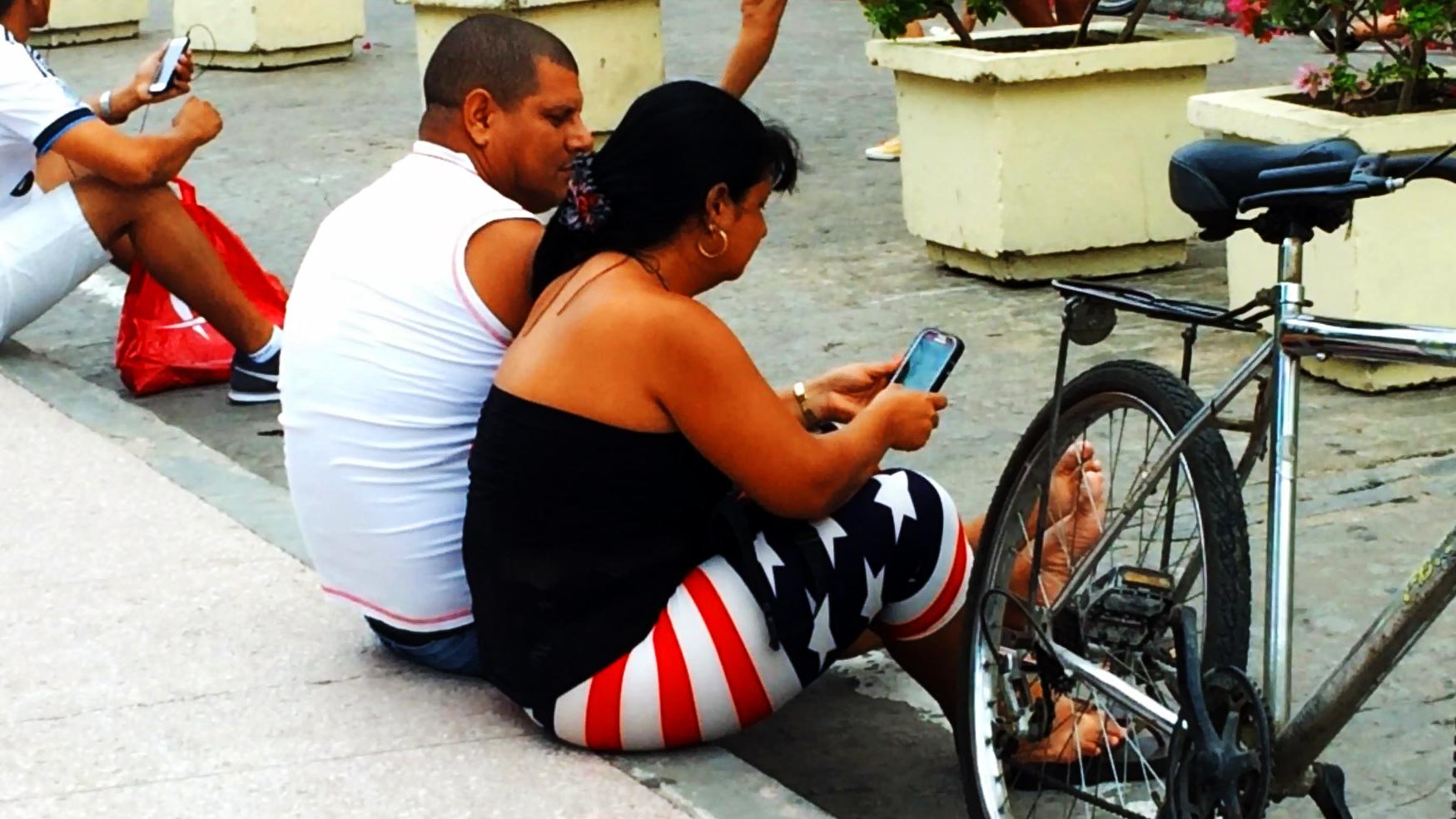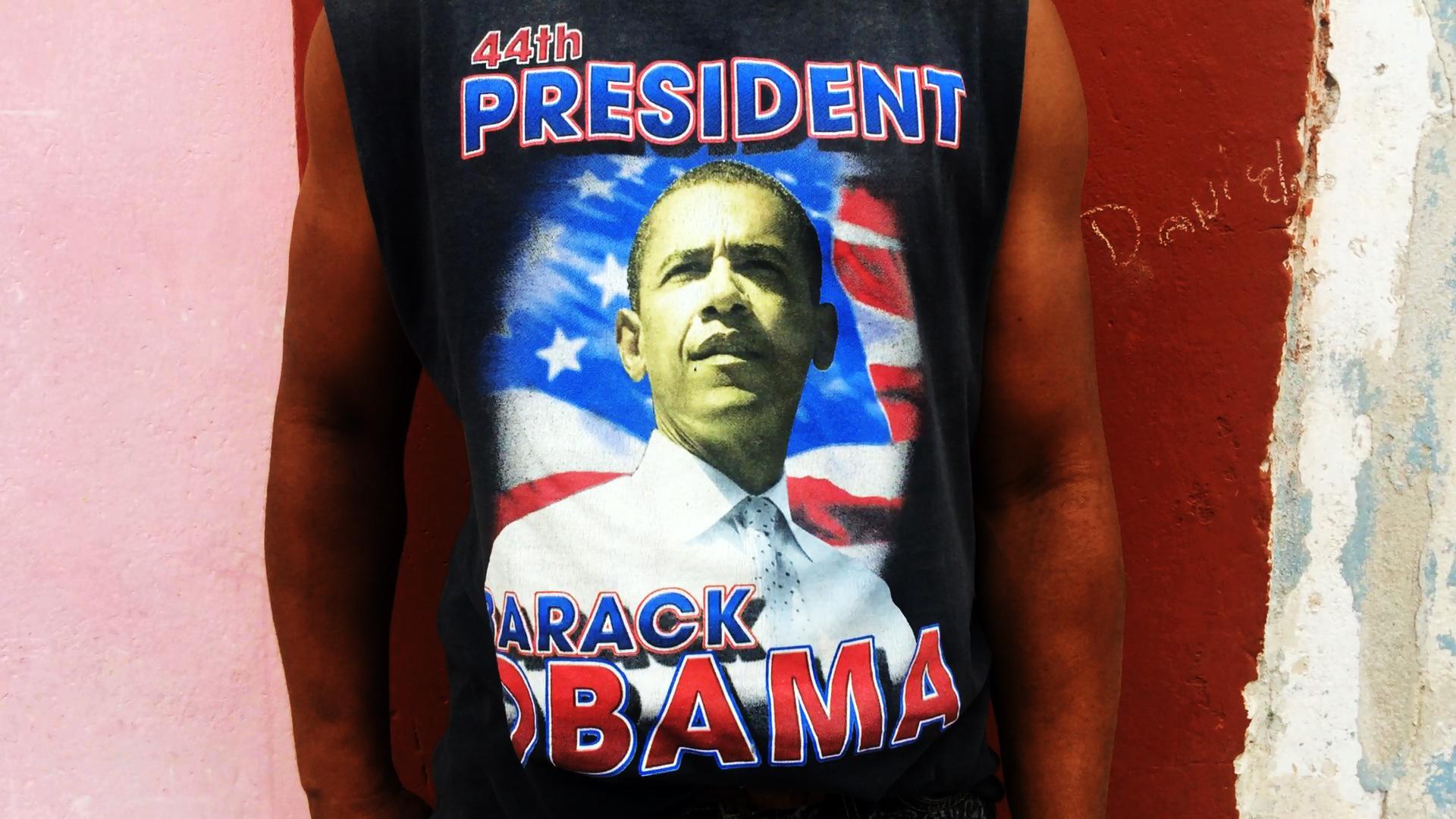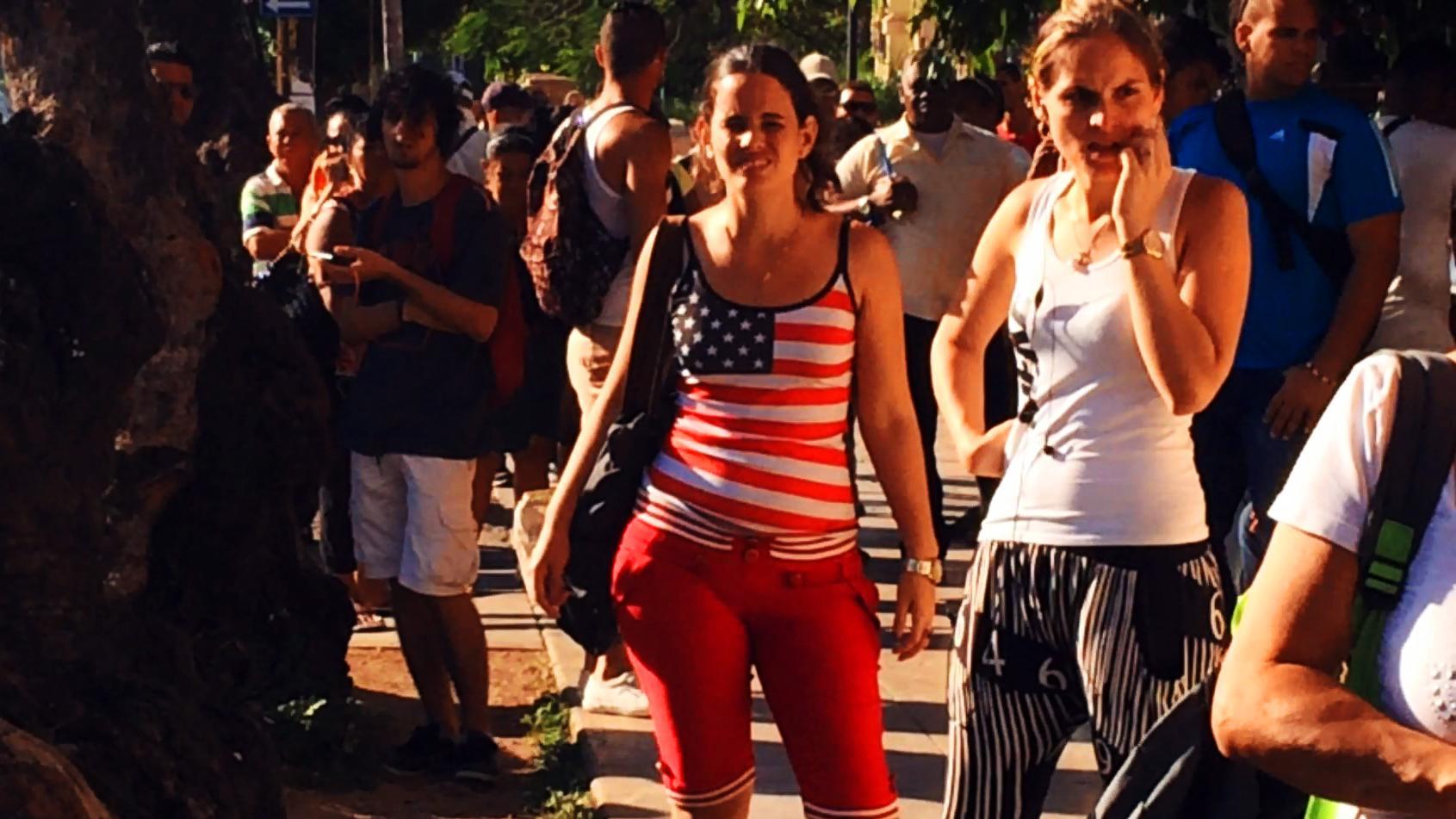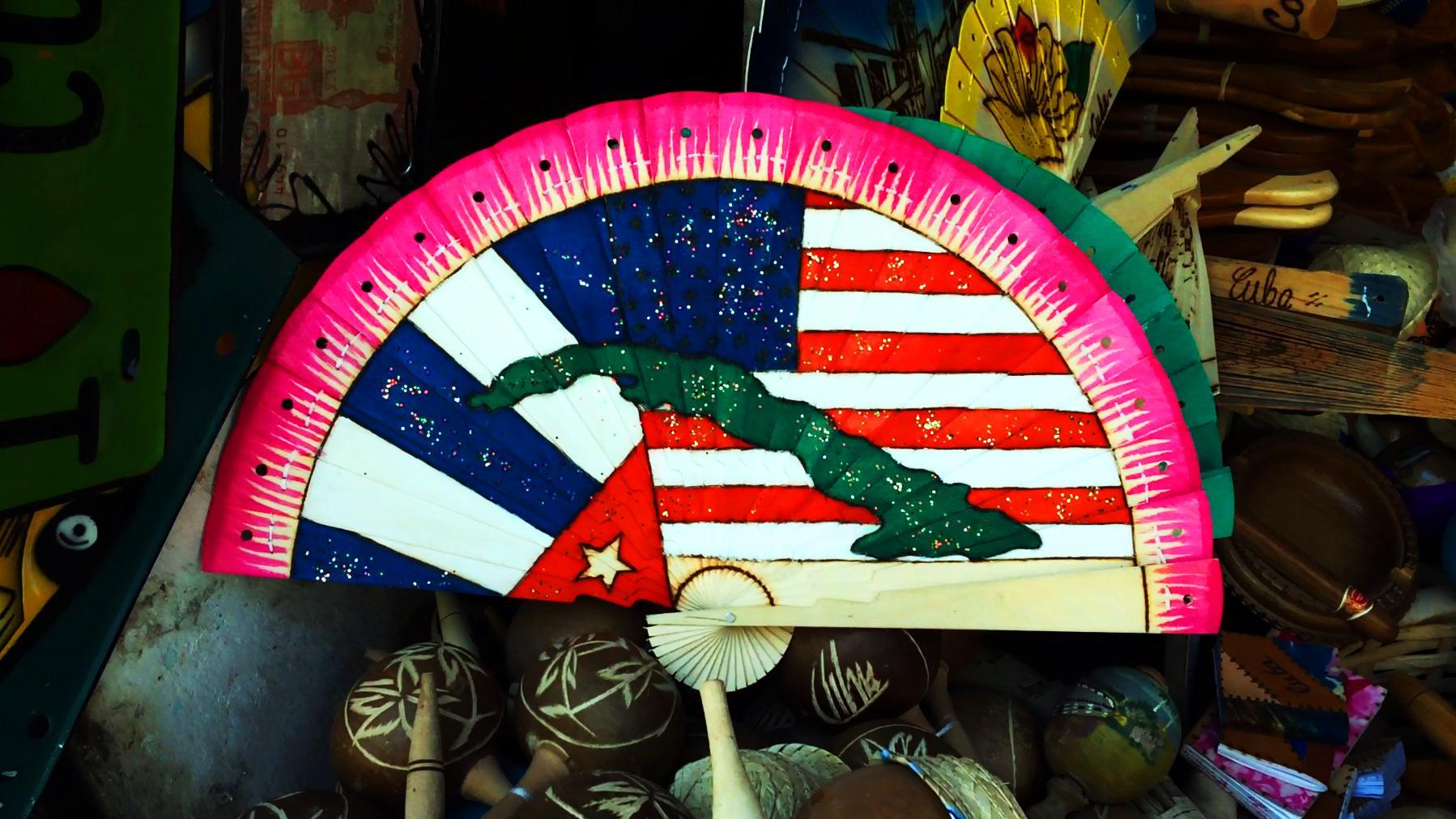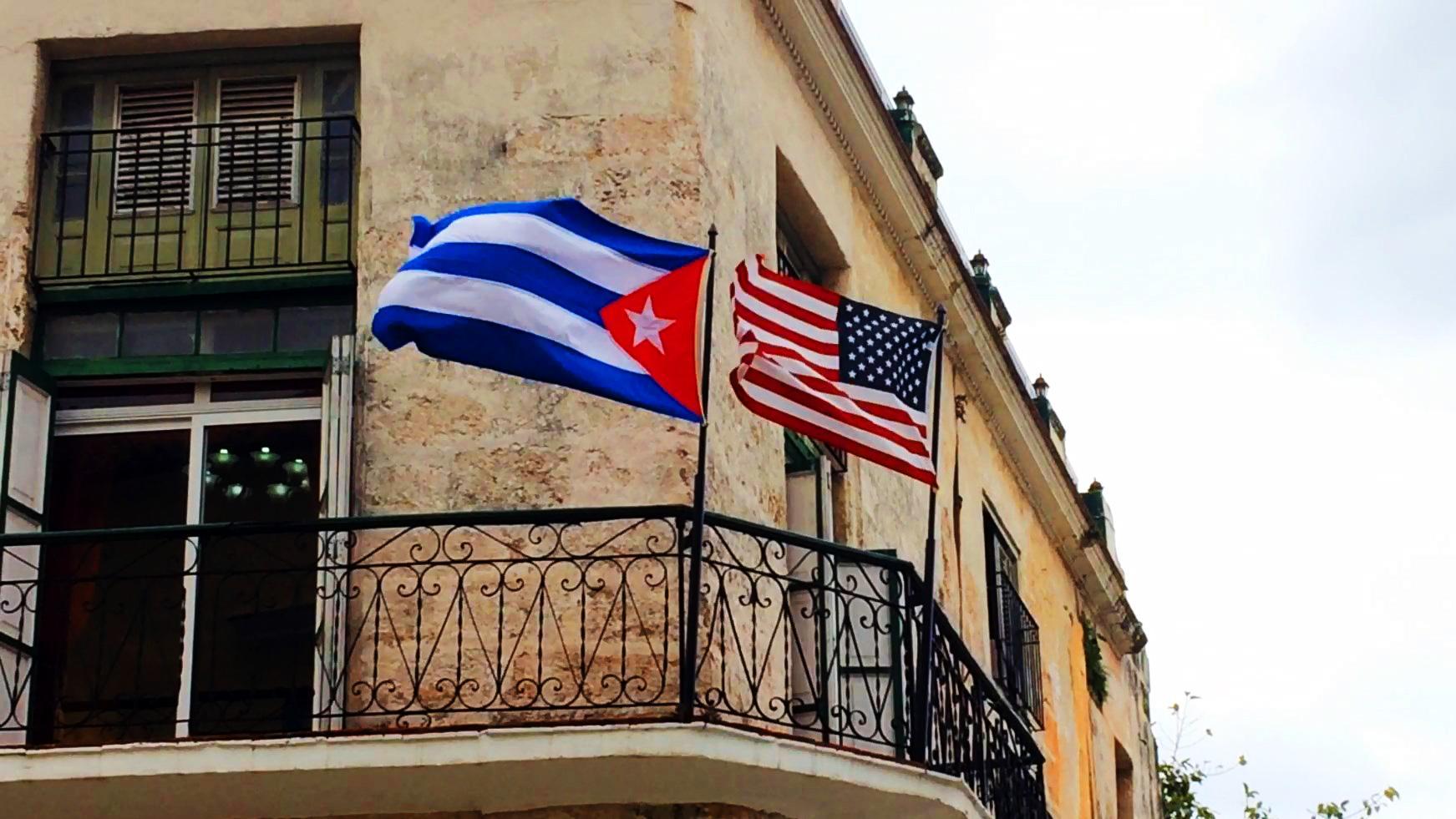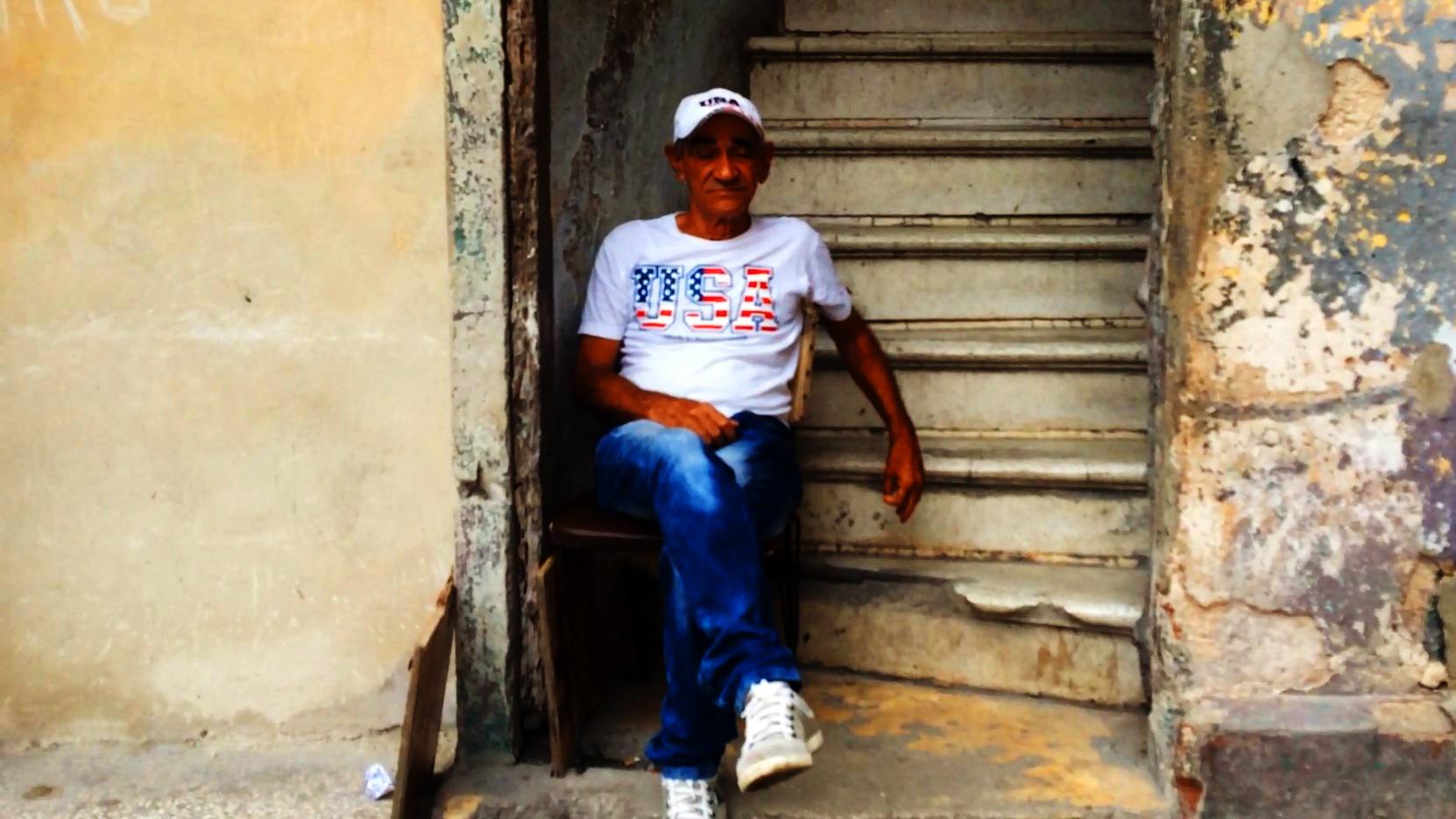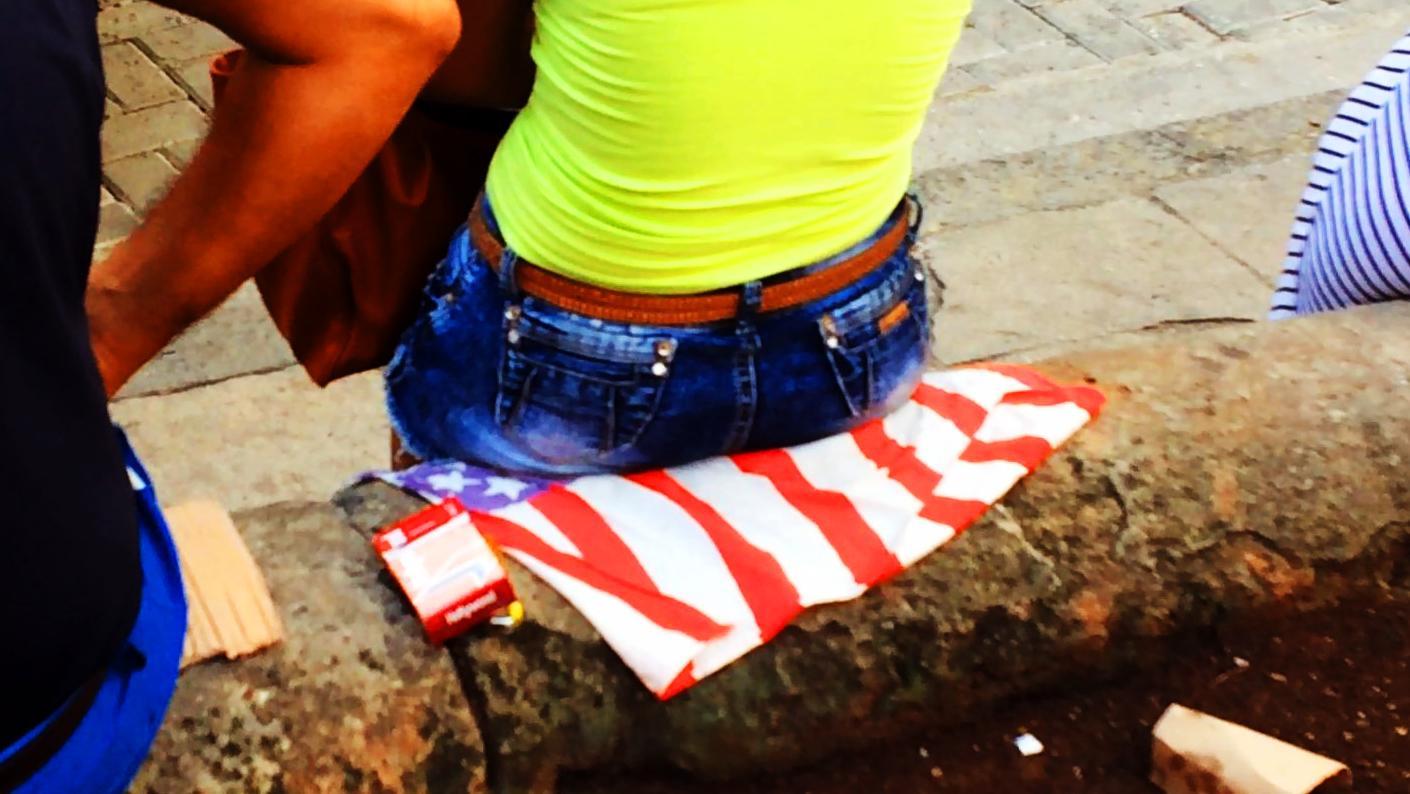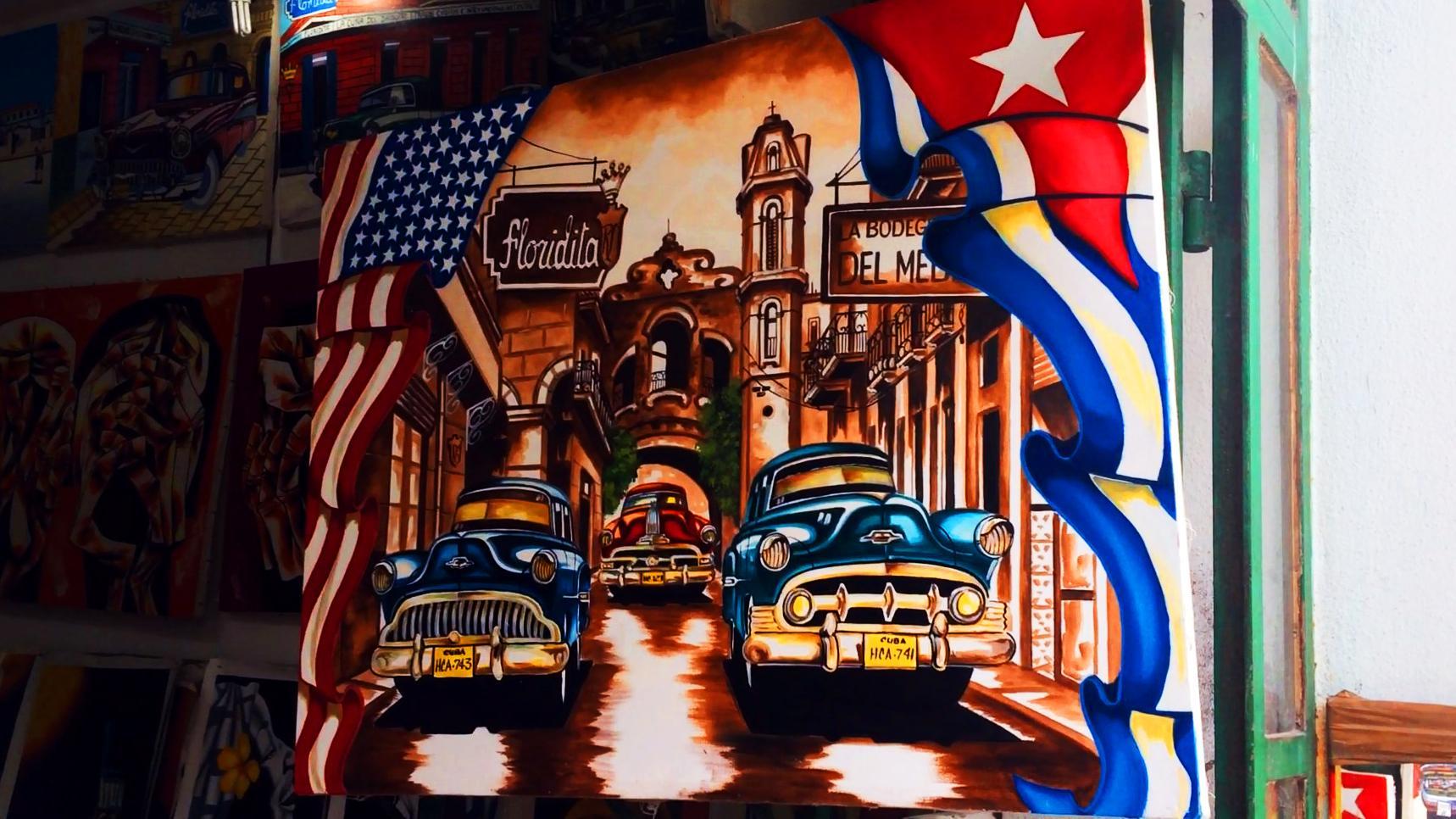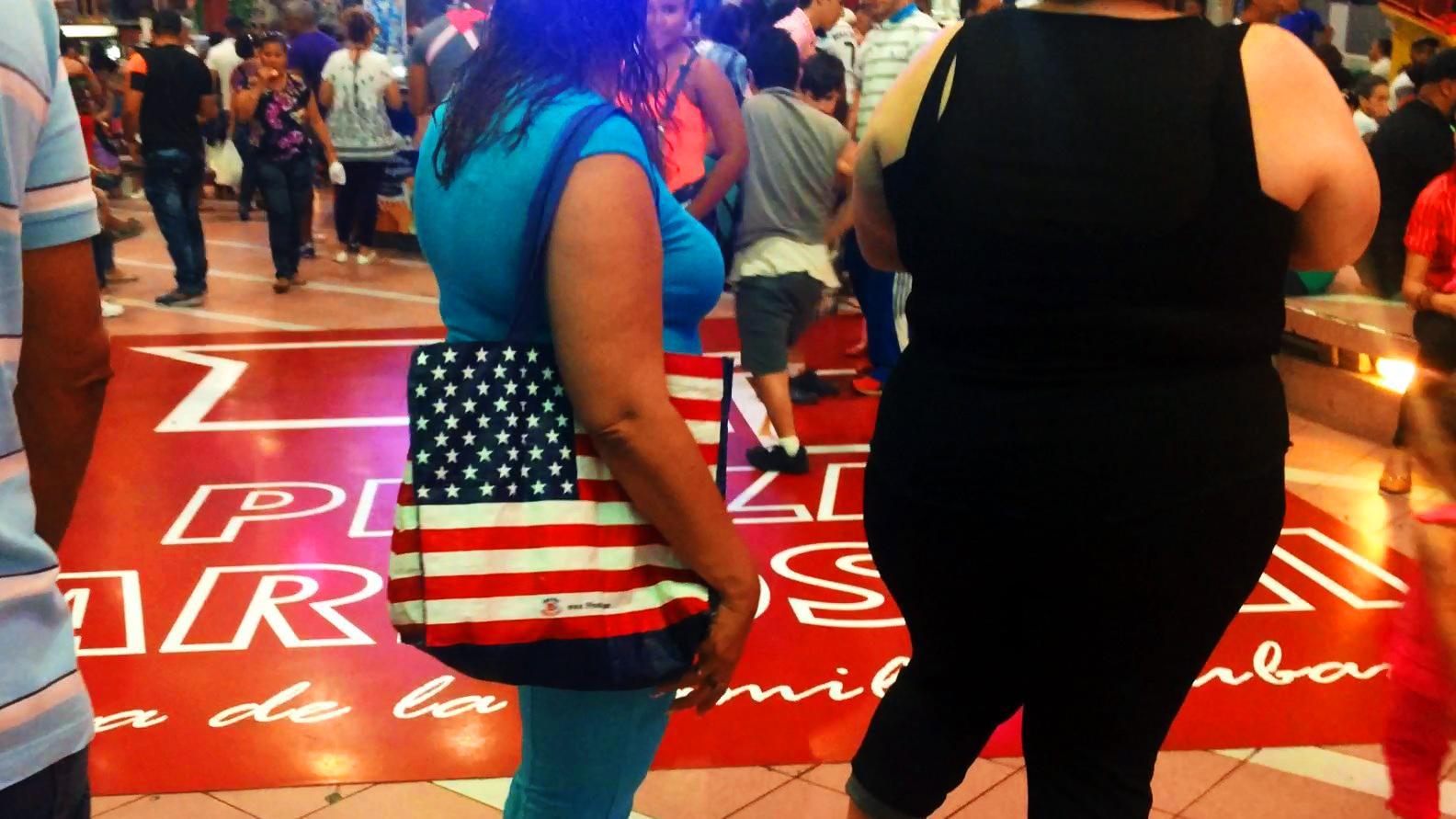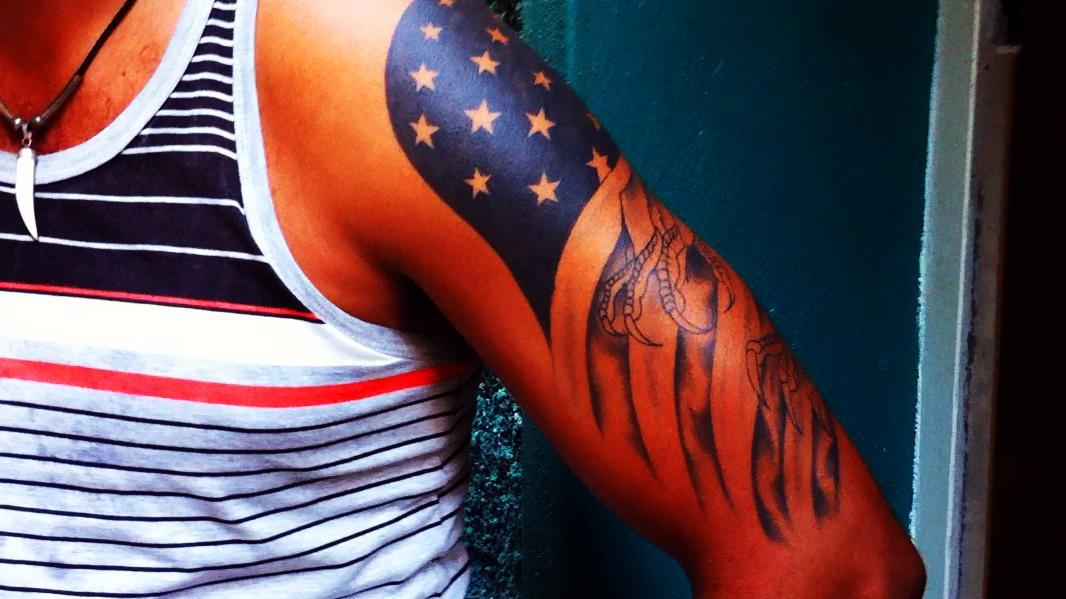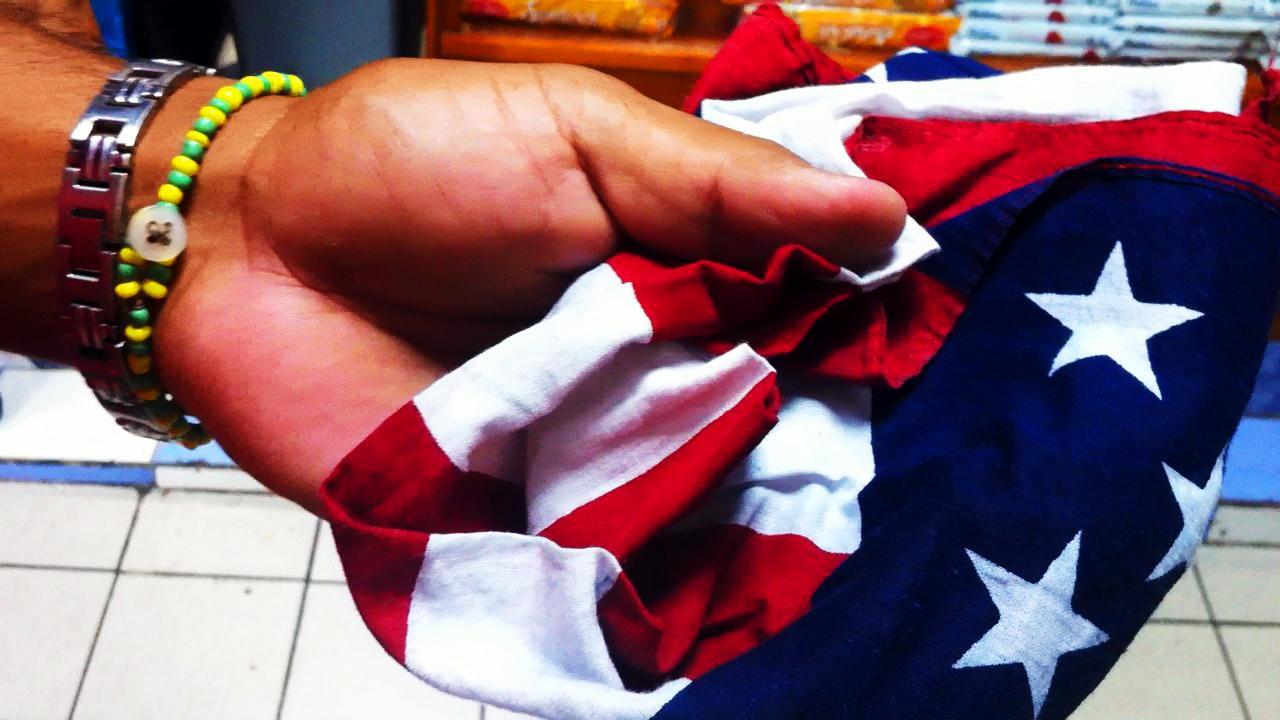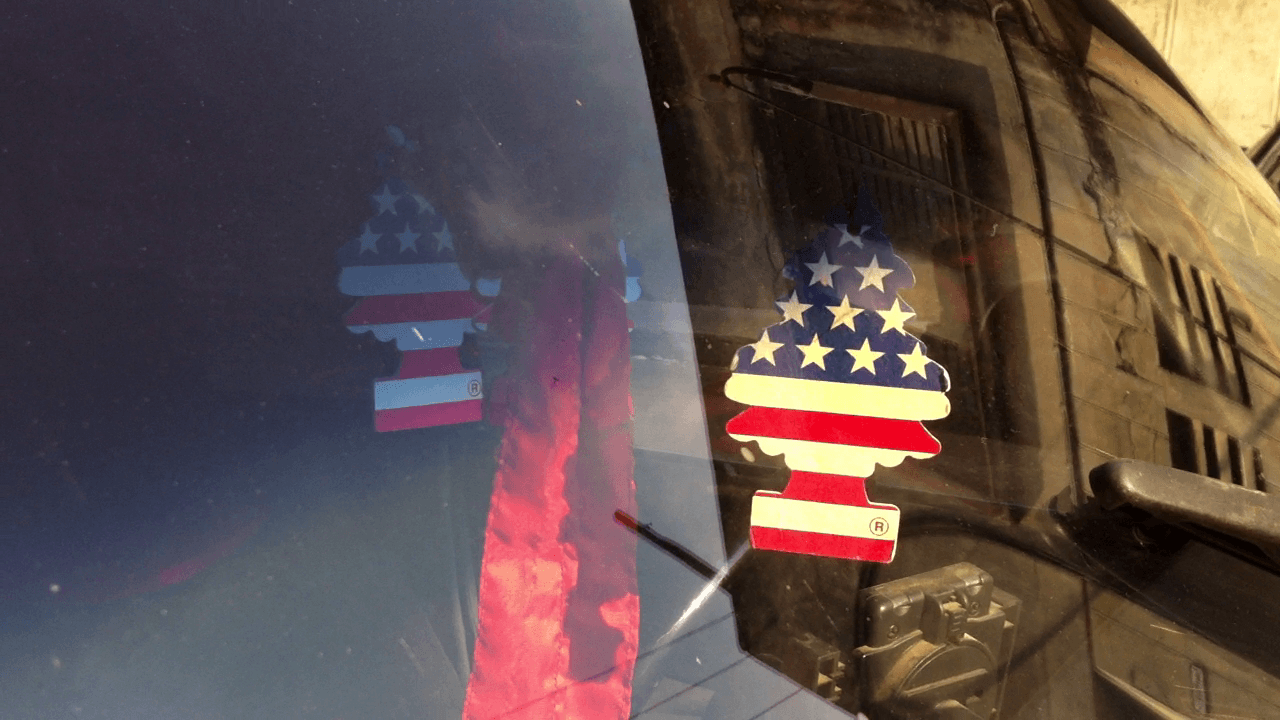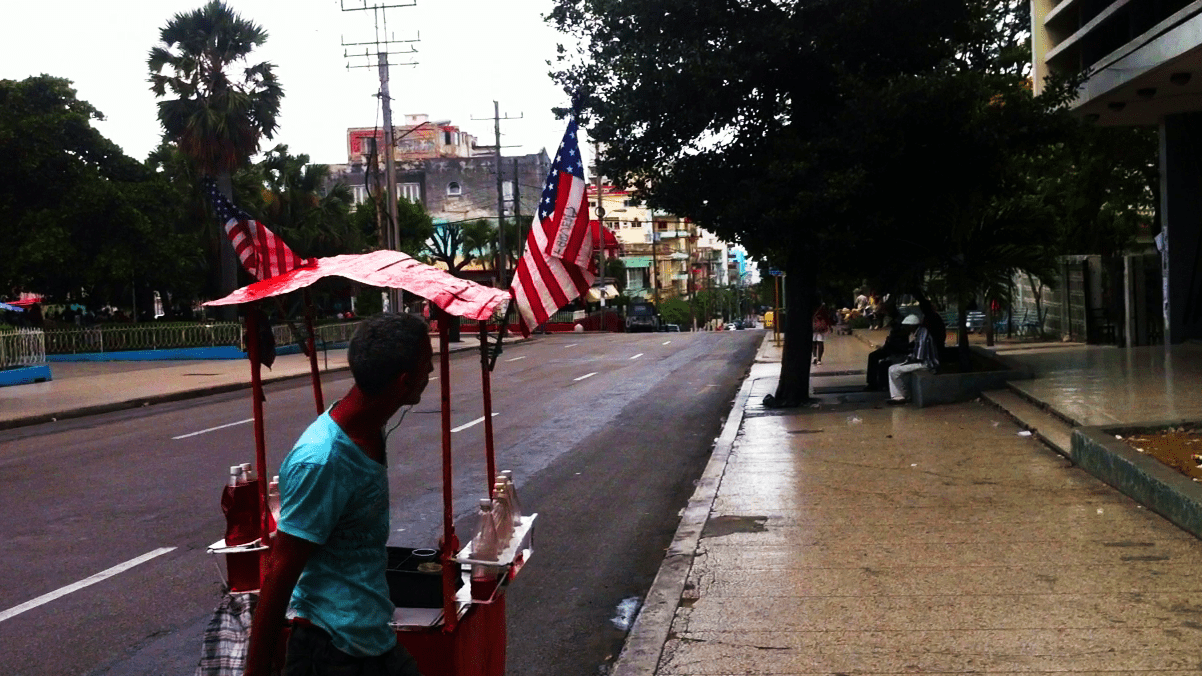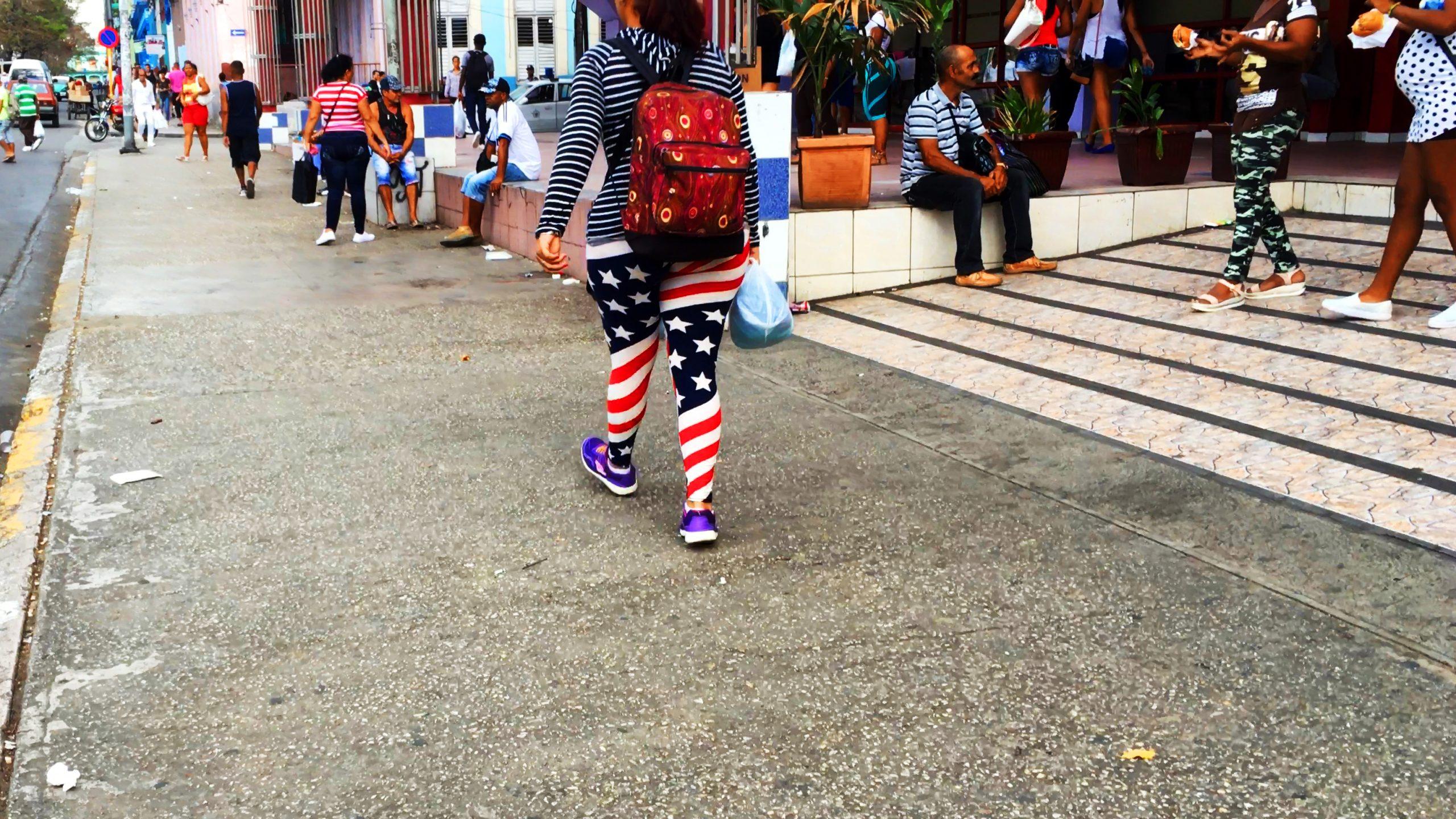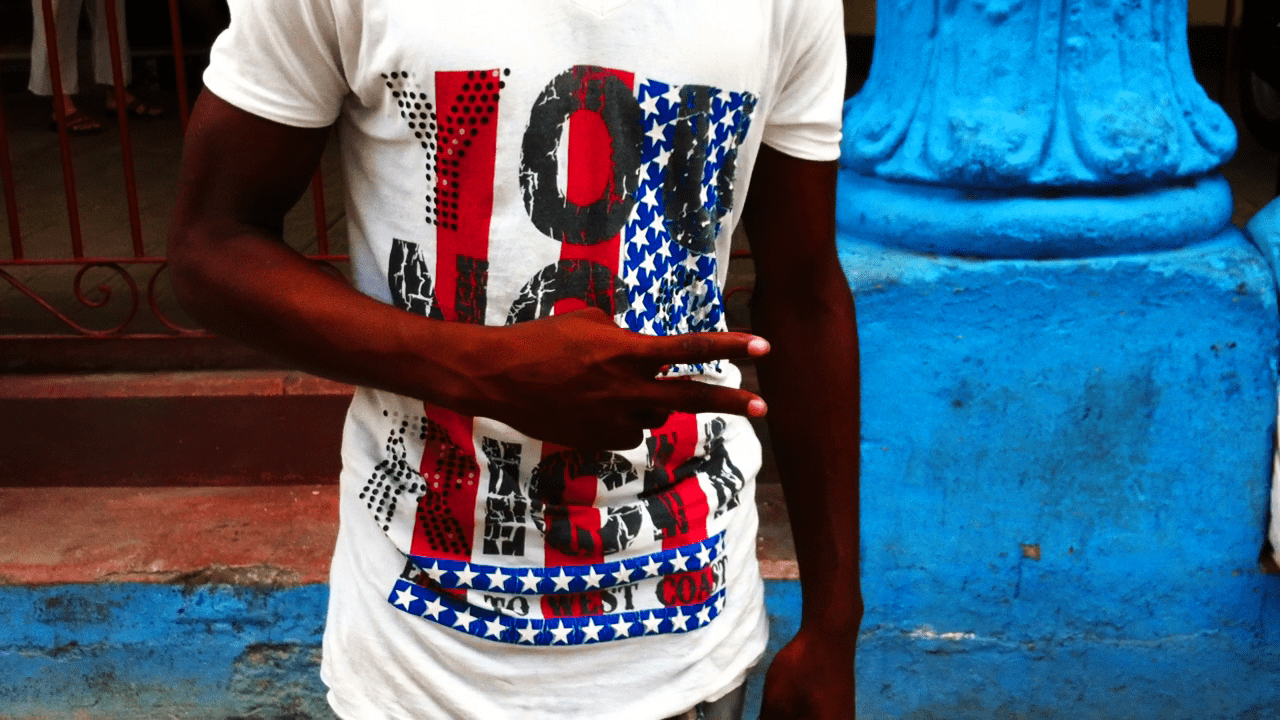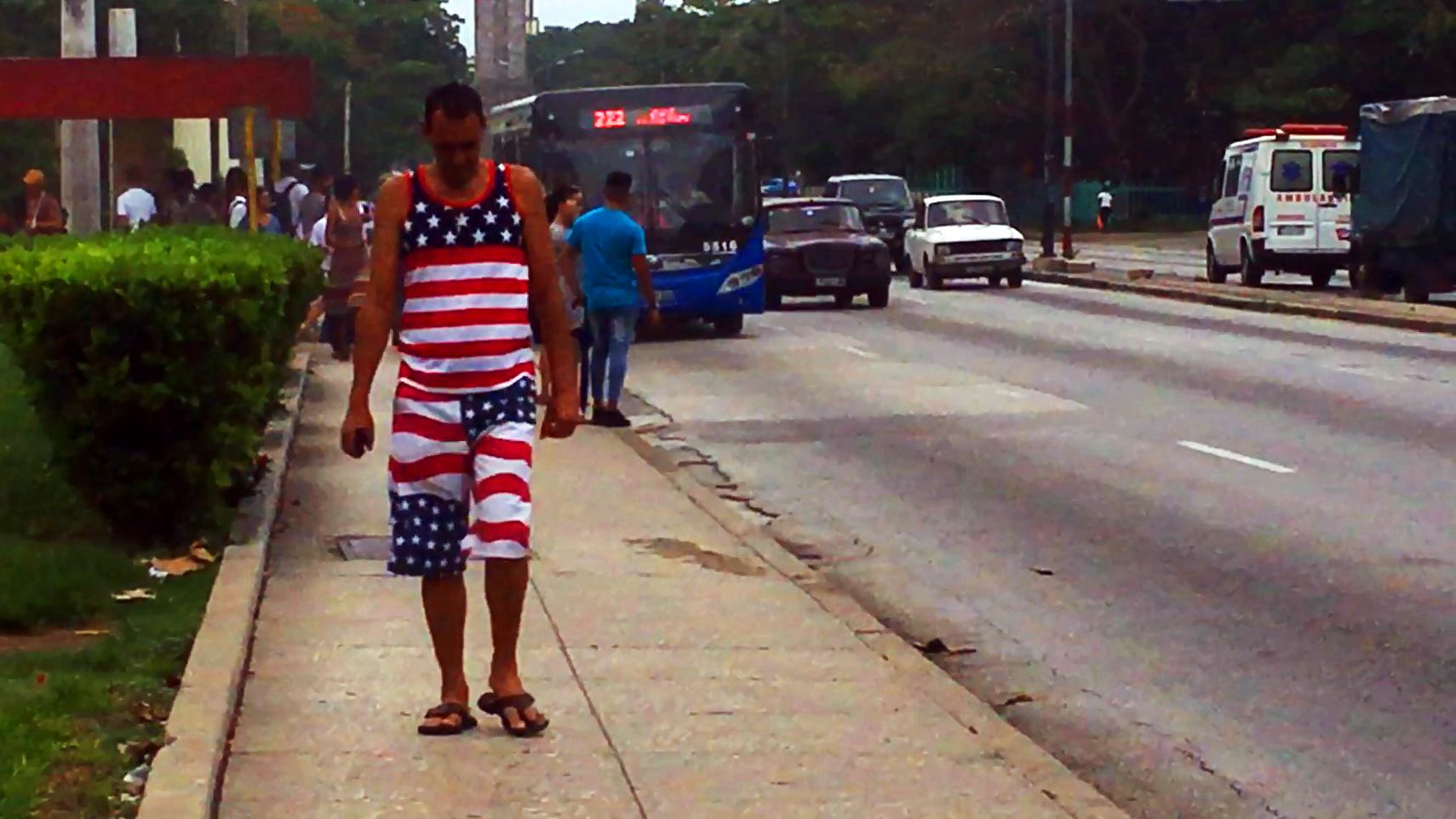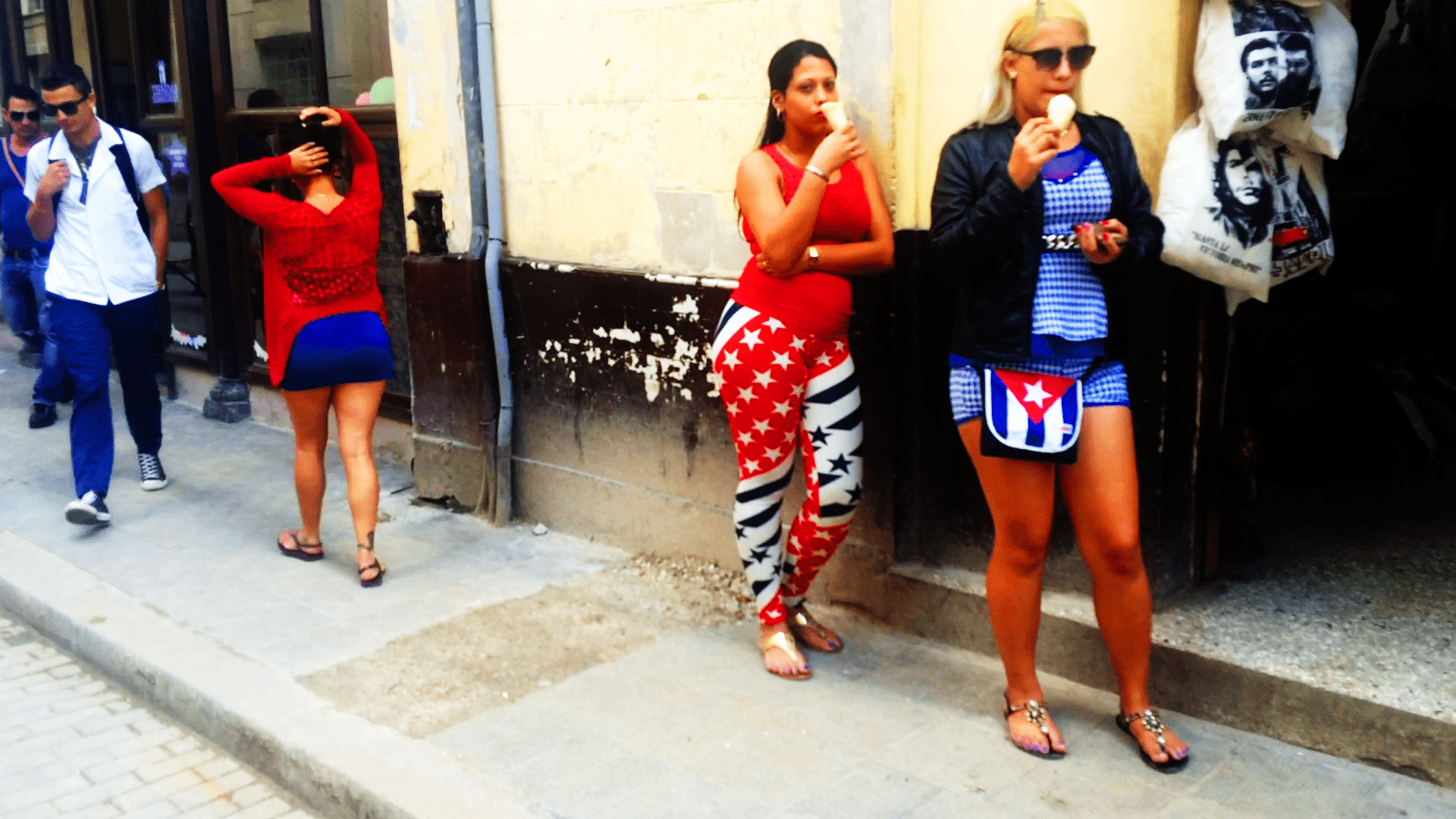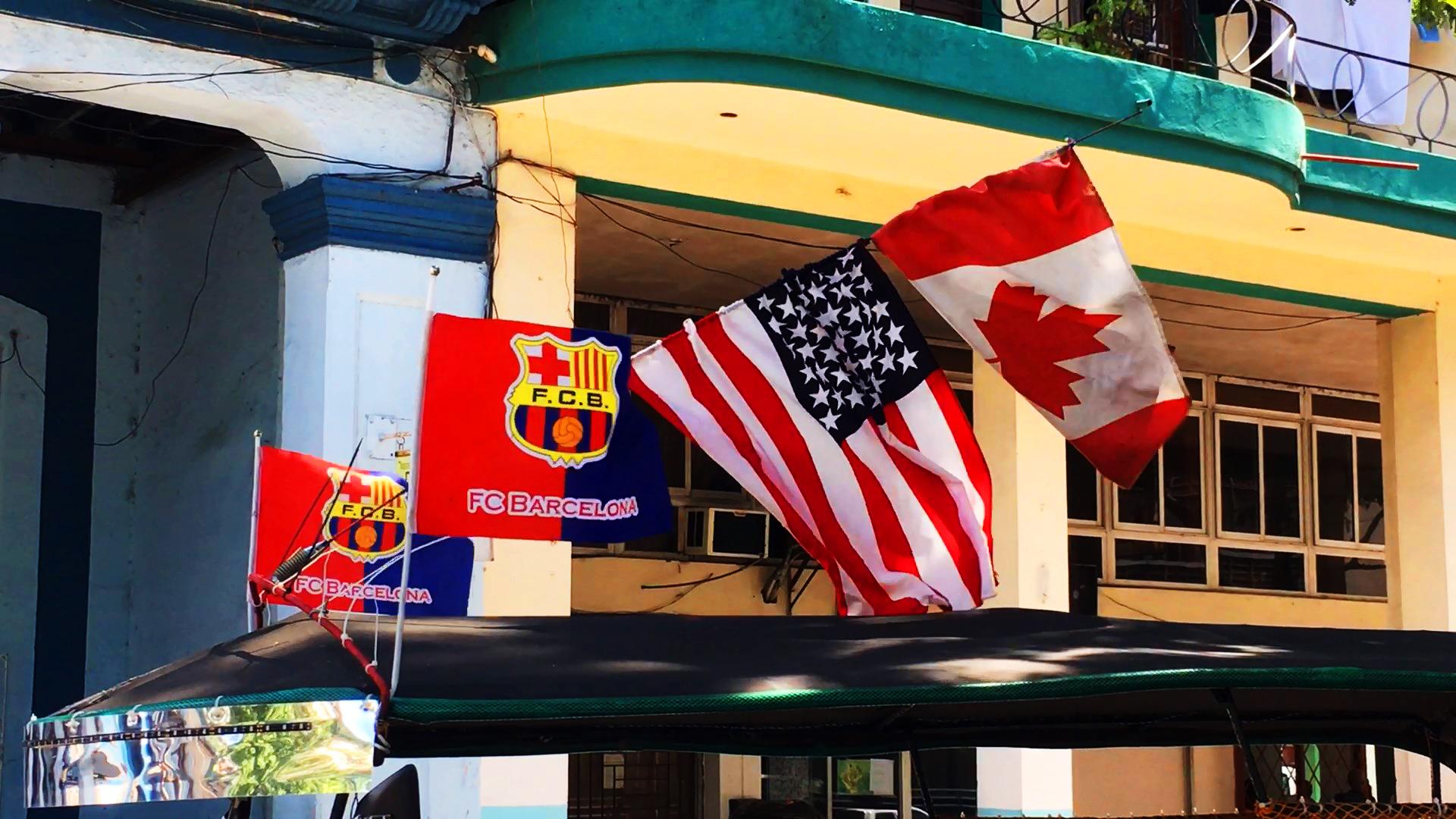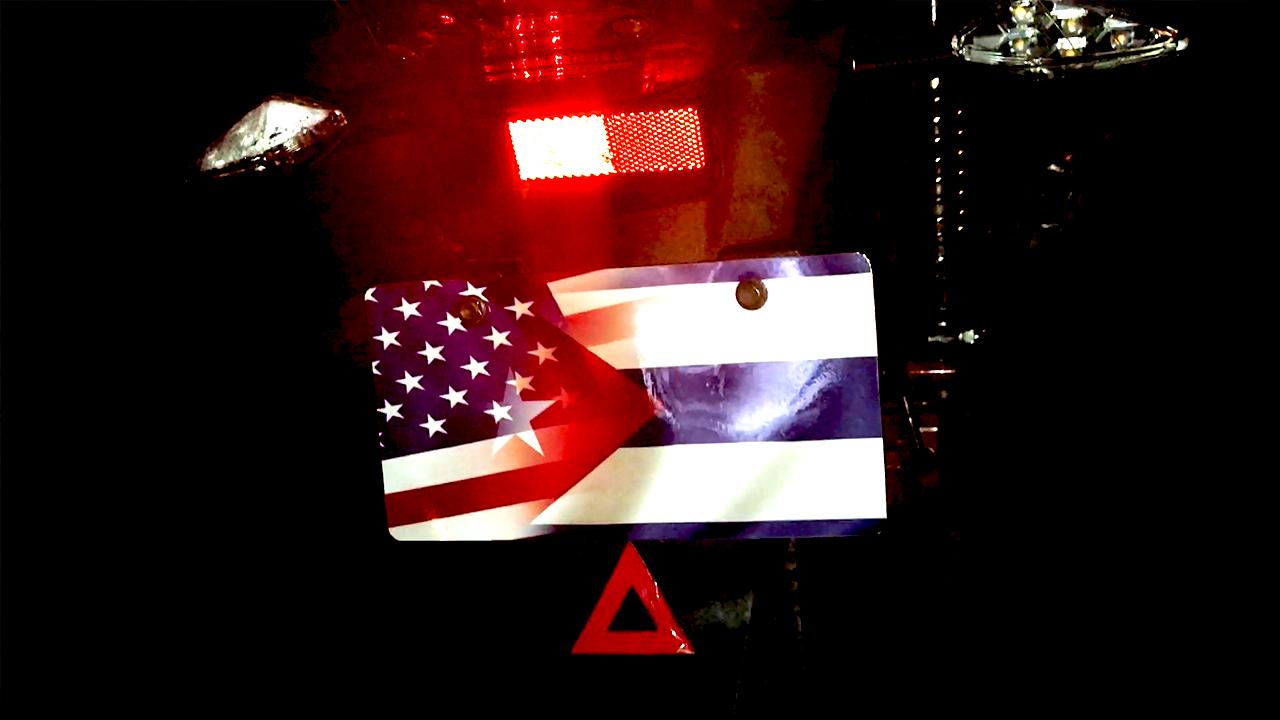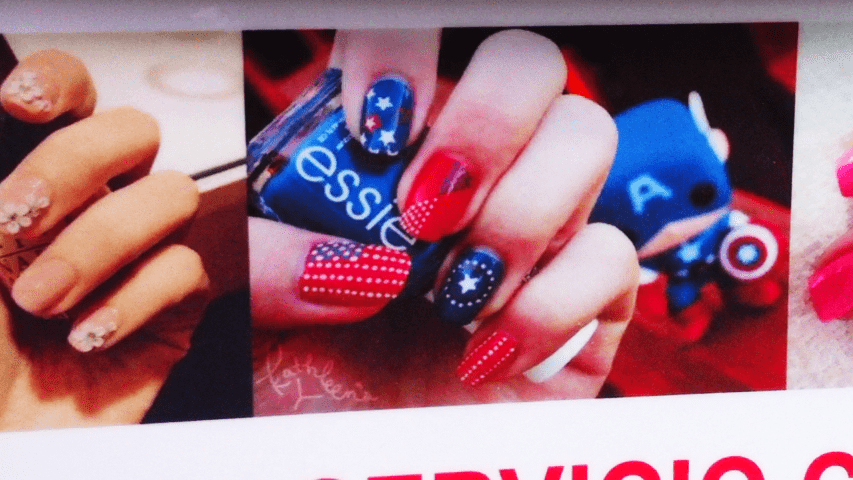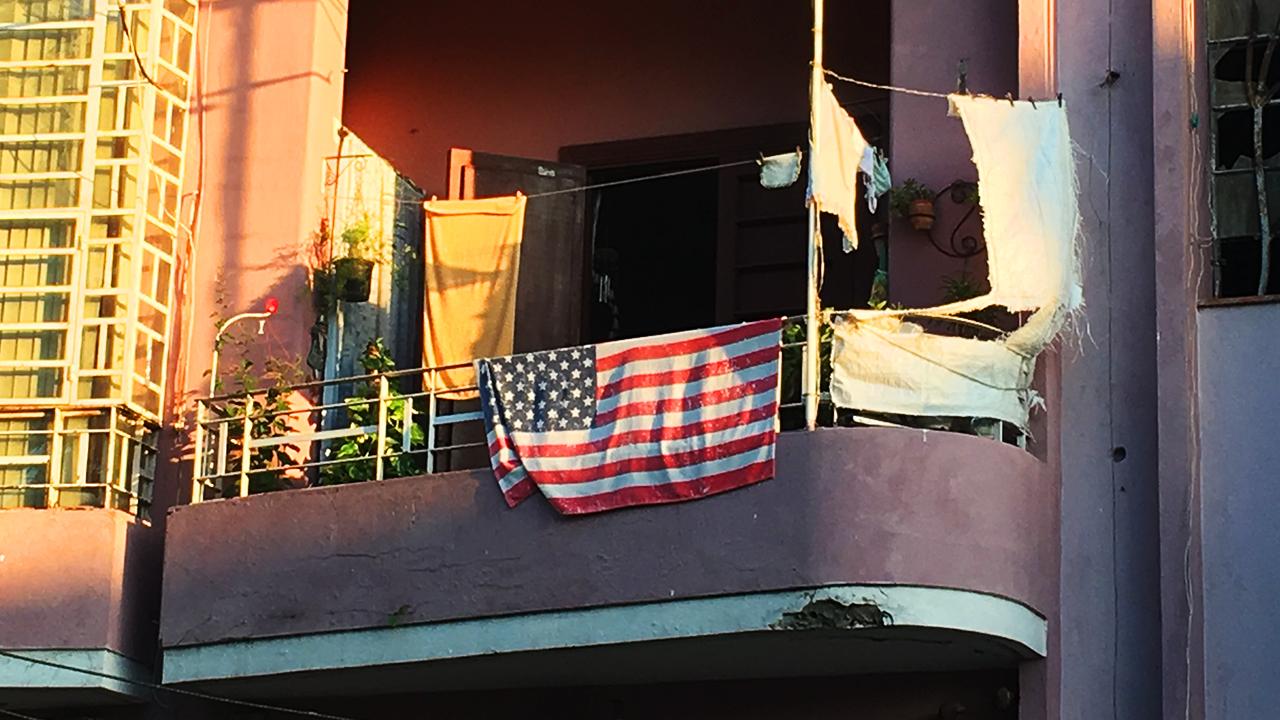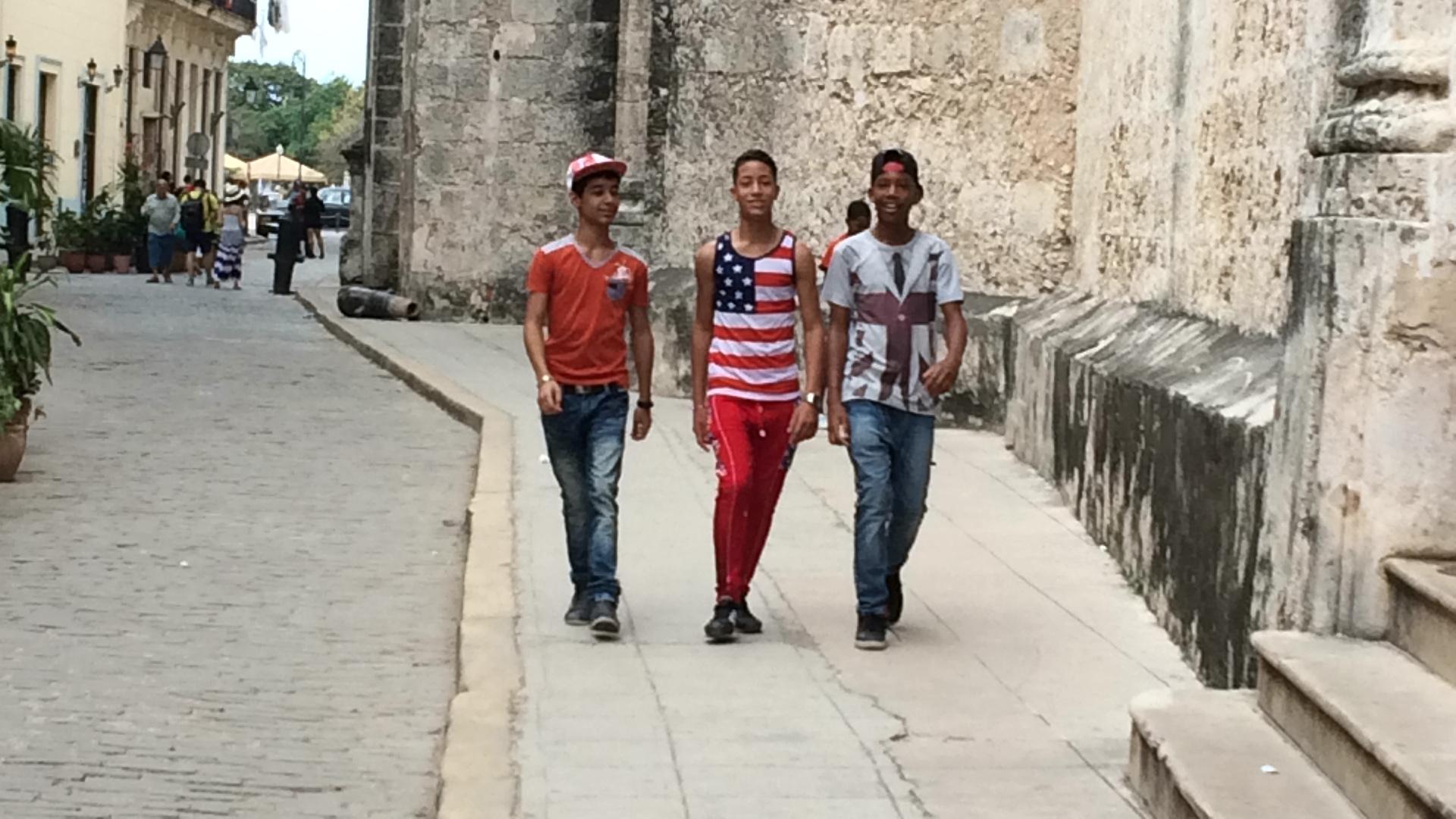Interactive video installation
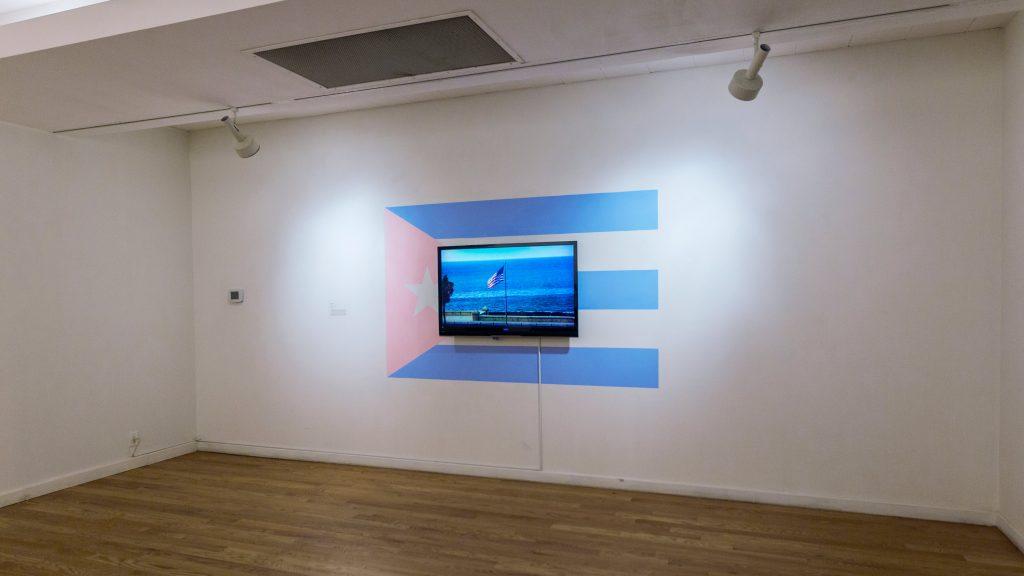
STATEMENT
In December 2015, when the governments of Cuba and the United States announced the resumption of diplomatic communications, the use of the American flag on souvenirs and clothing increased in the Cuban context. What some time before that date was little tolerated and even sanctioned for being a “symbol of the enemy”, suddenly became a fashion trend, which materialized in shirts, sweaters, sweaters, bags, hats, pants, pants, shorts, handkerchiefs, bath towels, underwear, decorative items for stores and restaurants, as well as decals and air fresheners for motor vehicles. They were also on flags that waved in cafes, ice cream stands, cabs, buggies on tourist rides, and the shelves of Cuban markets.
The fever for these products implied a conflict in the social conscience: for many Cubans, the presence of the flag in the popular collective imagination was the first step of the cultural penetration of the United States on the Island, after the reestablishment of relations between the two countries. Although the use of flags in everyday objects was not a new trend -in previous years there had been a real outburst around the British flag-, this particular case is unique for its socio-political scope. The restrictions imposed around the American flag for many years generated a predictable interest in the forbidden, so its use became an expression of rebellion, of going against the voice of the authorities in power.

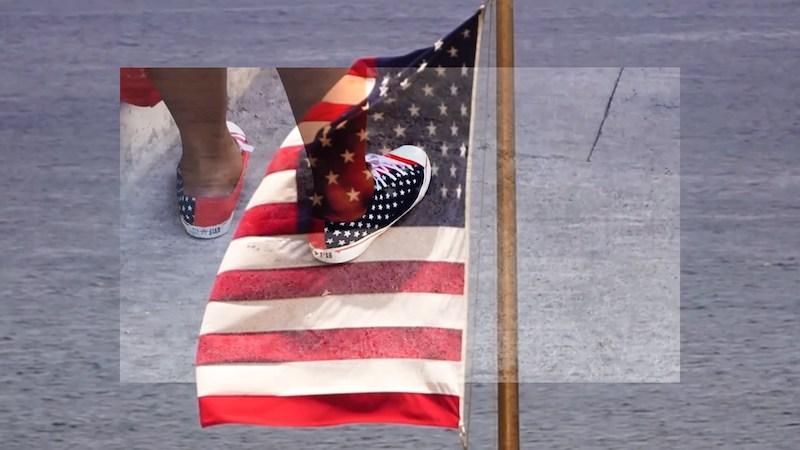
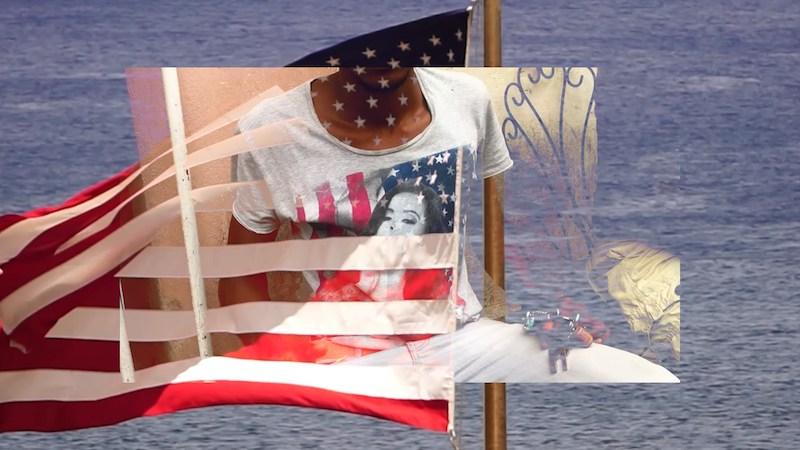
The installation references Jasper John’s Three Flags (1958), which is one of the most iconic representations of the American flag in art history. Siré’s work associates the three layers of Three Flags with different notions that relate to the social phenomenon being addressed. In the first layer is the Territory, which is represented by the Cuban flag painted directly on the wall. The second layer is the Symbol, consisting of 12 hours of digital video of the American flag waving at the US Embassy in Havana. The third is the People, manifested in the 1,000 video clips of American flags in the streets. The last two levels interact with each other through a motion sensor. The Pueblo level can only be appreciated when viewers approach the screen and the sensor is activated.
—
